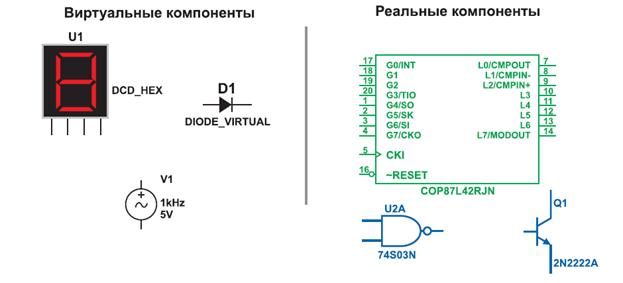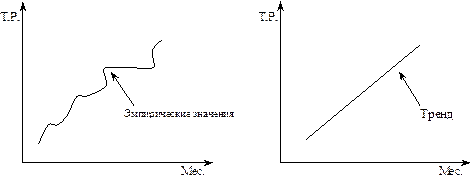A magnificent protector
Inside your body there is an amazing protection mechanism called the immune system. It is designed to defend you against millions of bacteria, microbes, viruses, toxins and parasites that would love to invade your body. To understand the power of the immune system, all that you have to do is to have a look at one’s death. That sounds gross, but it will show you important things about your immune system. When something dies, its immune system (along with everything else) shuts down. In a matter of hours, the body is invaded by all sorts of bacteria, microbes, parasites... None of these things are able to get in when your immune system is working, but the moment your immune system stops the door is wide open. Once you die it only takes a few weeks for these organisms to completely dismantle your body and carry it away, until all that's left is a skeleton. Obviously your immune system is doing something amazing to keep all of that dismantling from happening when you are alive. When a virus or bacteria (also known generically as a germ) invades your body and reproduces, it normally causes problems. Generally, the germ's presence produces some side effect that makes you sick. For example, the strep throat bacteria (Streptococcus) releases a toxin that causes inflammation in your throat. The poliovirus releases toxins that destroy nerve cells (often leading to paralysis). Some bacteria are benign or beneficial (for example, we all have millions of bacteria in our intestines and they help digest food), but many are harmful ones; they get into the body or the bloodstream. The job of your immune system is to protect your body from these infections. The immune system protects you in three different ways. First and foremost, it creates a barrier that prevents bacteria and viruses from entering your body. Then, if a bacteria or virus does get into the body, the immune system tries to detect and eliminate it before it can make itself at home and reproduce. Thirdly, when the virus or a bacterium is able to reproduce and start causing problems, your immune system is in charge of eliminating it. There are many diseases that, if you catch them once, you will never catch again. Measles is a good example, as is chicken pox. What happens with these diseases is that they make it into your body and start reproducing. The immune system gears up to eliminate them. Cells recognize the virus and produce antibodies for it. This process takes time, but the disease mruns it course and is eventually eliminated. A vaccine is a weakened form of a disease. Either it is a killed form of the disease, or it is a similar but less virulent strain. Once inside your body your immune system mounts the same defense, but because the disease is different or weaker, you get few or no symptoms of the disease. Now, when the real disease invades your body, your body is able to eliminate it immediately. Many diseases cannot be cured by vaccines, however. The common cold and influenza are two good examples. These diseases either mutate so quickly or have so many different strains in the wild that it is impossible to inject all of them into your body. Each time you get the flu, for example, you are getting a different strain of the same disease. Thus, it’s only our immune system, which helps us to be defended.
|




